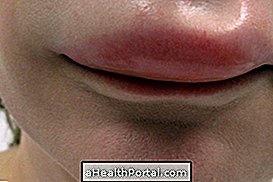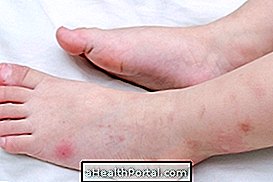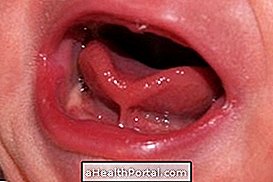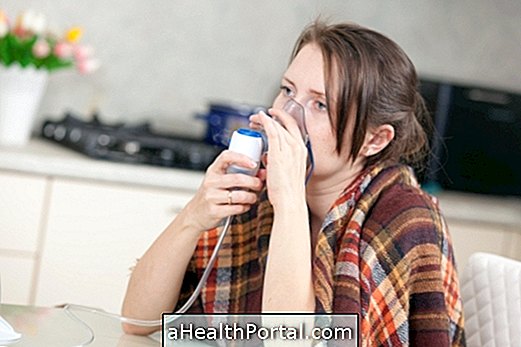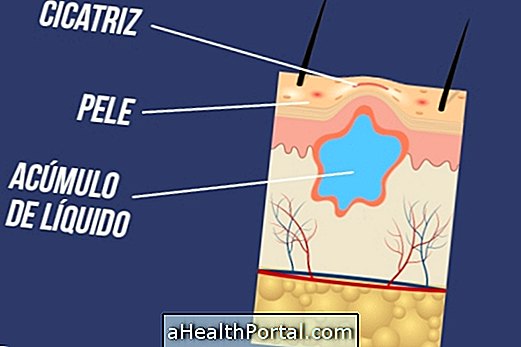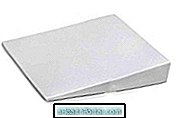The best strategy for combating dust allergy is to avoid exposure and maintain good housekeeping by cleaning the bed, sofa, carpets and drapes at least once a week. In addition, at the time of the cleanings you must put mask to avoid inhaling mites.
Symptoms of respiratory allergy, such as difficulty in breathing, dry cough, itching, and redness of the eyes and nose usually occur, and treatment is done by avoiding allergy-causing agents and by using drugs such as antihistamines such as Desloratadine.
Strategies to avoid allergic crises
To prevent allergy attacks to dust and mites, you should:
- Air the house to avoid moisture;
- Avoid feather or cotton pillows and duvets, opting for polyester synthetic fabrics;
- Clean the floor with a damp cloth to avoid dust;
- Avoid having in room curtains and rugs;
- Clean the carpets twice a week with a vacuum cleaner and if possible do not have carpets;
- Replace bedding once a week by washing it in the machine with very hot water;
- Avoid having curtains, opting for curtains of curling;
- Avoid plush dolls and in case you have children wash them once a month to get rid of the mites;
- Wear a protective mask in places with high dust or when cleaning the house.
In addition, those who are allergic to dust generally also have pollen and cheekbones, and should avoid contact with them.
Symptoms of dust allergy
Dust allergy can cause symptoms such as:
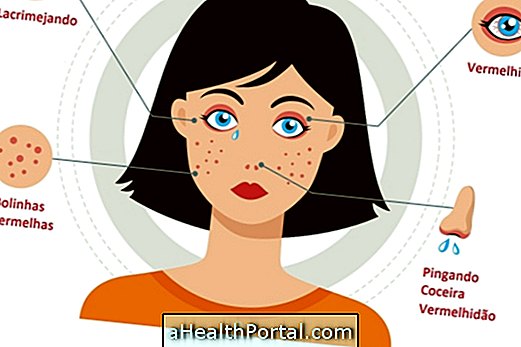
- Difficulty breathing, shortness of breath and breath sounds;
- Strong, dry, constant cough;
- Dripping and scratching nose;
- Tearing eyes and redness;
- Polka dots on the skin and intense itching.
Symptoms usually arise when you are tidying your house or in the morning.
Causes of dust allergy
Dust allergy is caused by dust mites, which are living beings that inhabit dusty or humid places such as carpets, bedding, sofas, carpets, curtains and feed on skin that naturally scours every day, even without realizing it.

According to the World Health Organization (WHO), allergy to mites is one of the most common diseases in the world and can be controlled if the person follows the care given here.
When does the allergic crisis occur?
Signs of allergy come when you're tidying your house, after waking up or when you're fiddling with plush dolls with fur. In addition, places like cinema are environments that can trigger an allergic crisis.
Treatment for allergy crisis
To minimize the symptoms of dust allergy it is essential to avoid contact with the agents that caused the allergy. In addition, it may be necessary to take an antihistamine, corticoid remedy and in some cases use the asthma bomb.
The use of this medication should only be done at the recommendation of the doctor who already knows its history. See how the treatment of this respiratory allergy is usually done.



